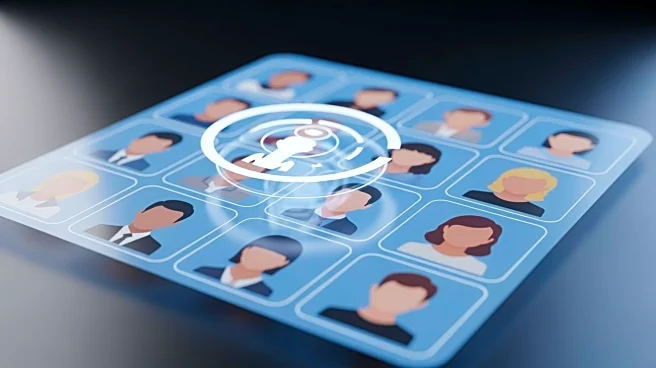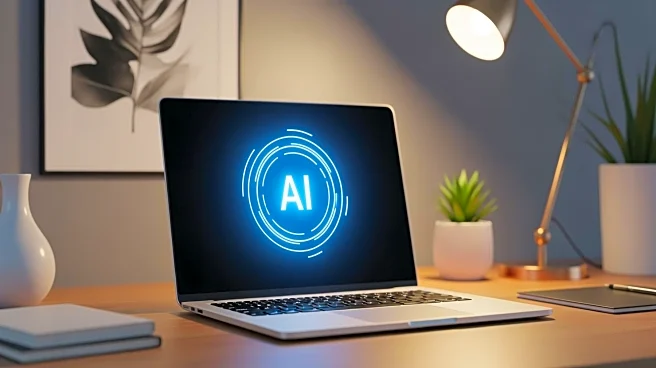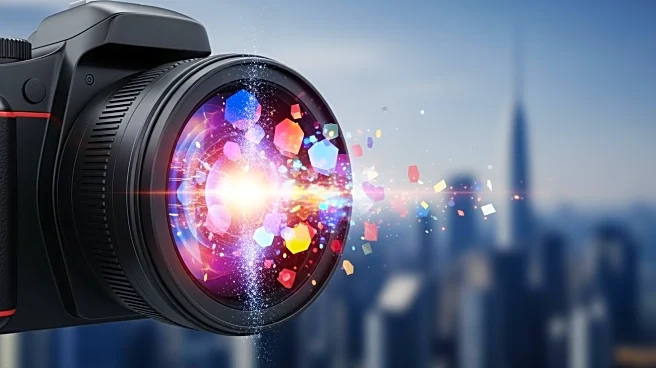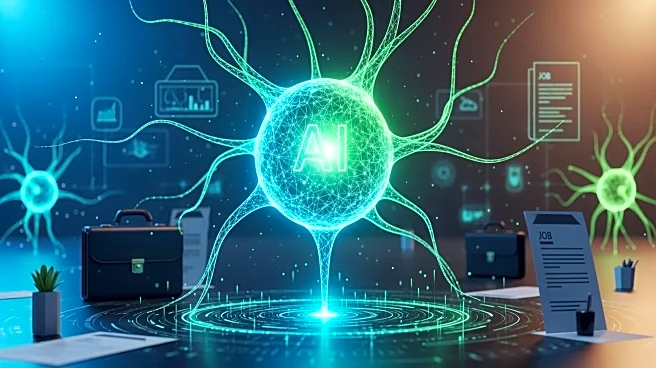What's Happening?
AI-generated headshots are becoming increasingly popular among job seekers, particularly within Gen Z and millennial demographics. These digital images are used on professional platforms like LinkedIn to create a polished online presence. The technology
offers a cost-effective alternative to traditional professional photography, which can be prohibitively expensive. AI tools such as InstaHeadshots and Canva's new feature allow users to create professional-looking images quickly and affordably. Despite the convenience, there are concerns about authenticity and the potential for AI-generated images to appear inauthentic or overly stylized. Recruiters are finding it challenging to distinguish between real and AI-generated photos, raising questions about the ethical implications of using such technology in professional settings.
Why It's Important?
The rise of AI headshots reflects broader trends in the job market where digital presence is increasingly critical. As more hiring processes incorporate AI, the ability to present a professional image online can significantly impact job prospects. This shift could democratize access to professional-quality images, leveling the playing field for candidates who cannot afford traditional photography. However, it also raises ethical concerns about authenticity and the potential for bias if AI-generated images are perceived as deceptive. The trend underscores the growing influence of AI in recruitment, with implications for how candidates are evaluated and selected.
What's Next?
As AI technology continues to evolve, it is likely that AI-generated headshots will become more sophisticated and harder to distinguish from real photos. This could lead to increased acceptance of AI images in professional settings, but also necessitate new guidelines and standards to ensure authenticity and fairness in hiring practices. Companies and platforms like LinkedIn may need to update their policies to address these changes, balancing the benefits of accessibility with the need for genuine representation.













